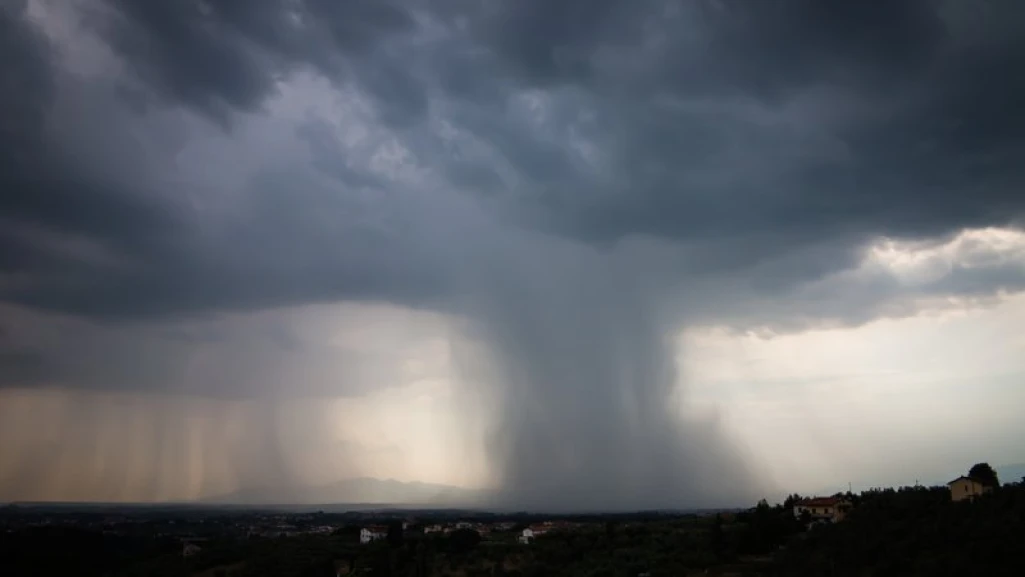
The IGAD Climate Prediction and Applications Centre (ICPAC) is calling on regional and national authorities across the Greater Horn of Africa (GHA) to take proactive steps following the release of its June to September (JJAS) seasonal forecast during the 70th Greater Horn of Africa Climate Outlook Forum (GHACOF 70).
According to ICPAC, above-normal rainfall is anticipated
across most parts of the GHA, with particular significance for countries in the
northern and western subregions. In some areas such as parts of Sudan—this
season accounts for over 90% of the annual rainfall, and more than 40% in
others.
The forecast has critical implications for key sectors
including agriculture, water resource management, disaster risk reduction, and
food security.
In a press statement, ICPAC noted: “There is a 55%
probability of above-normal rainfall over central Sudan, eastern South Sudan,
northern and southwestern Ethiopia, western Kenya, and eastern Uganda.
Additionally, wetter-than-average conditions (approximately 45% probability)
are expected in western Uganda, South Sudan, southern Sudan, Djibouti, and
western Eritrea.”
However, the outlook also highlights areas of concern, with
a high likelihood of below-average rainfall predicted for the coastal regions
of Somalia and Kenya, northwestern South Sudan, and southeastern Ethiopia.
Most parts of the region are expected to receive near-normal
rainfall, though early onset is likely in some areas. In contrast, a delayed
start to the rainy season is expected in parts of western Ethiopia.
Meanwhile, southern GHA countries such as Tanzania, Rwanda,
and Burundi are projected to remain largely dry, as the JJAS period is not
typically their main rainy season.
The temperature forecast indicates a strong likelihood of
warmer-than-average conditions across much of the region, particularly over
southern Ethiopia and Somalia, eastern Kenya, and northern Sudan. Conversely,
average to below-average temperatures are expected in the IGAD-Karamoja
cluster, Djibouti, Eritrea, central Sudan, and northeastern Ethiopia.
“The Greater Horn of Africa is experiencing unprecedented
climate extremes, ranging from droughts and floods to unpredictable rainfall,
putting our food systems, water resources, and livelihoods at serious risk. We
must institutionalize climate services and work together across borders and
sectors to ensure climate risks are integrated into every decision. The future
of our region depends on it,” said Mohamed Ware, Deputy Executive
Secretary of IGAD.
Eng. Dr. Habtamu Itefa, the Minister of Water and
Energy of the Federal Democratic Republic of Ethiopia, highlighted the need for
continued investment.
“We must continue to invest in and expand systems capable of
generating knowledge-based, user-tailored climate information. This is
essential for guiding policy decisions and reaching grassroots communities most
vulnerable to climate risks.”
Furthermore, Dr. Abdi Fidar, the Officer in Charge at
ICPAC, highlighted the significance of GHACOF as a regional platform.
“GHACOF continues to be a leading platform in our region
where climate experts, decision-makers, and stakeholders co-produce and share
actionable climate information that shapes preparedness and response at
national and regional levels.”
JJAS is a critical rainy season for countries in the
northern and western parts of the GHA. It contributes to over 50% of annual
rainfall over the northern parts of GHA region, and more than 80% in most parts
of Sudan, making the seasonal forecast particularly significant for early
action and planning in sectors such as Agriculture and food security, water
resources, disaster risk reduction, and in other climate-sensitive
socio-economic sectors.
GHACOF 70 was convened as a hybrid event from 19–20 May 2025
by ICPAC, in collaboration with National Meteorological and Hydrological
Services (NMHSs) and regional partners.
The primary objective of the forum was to issue the seasonal forecast for the June to September 2025 rainfall season.